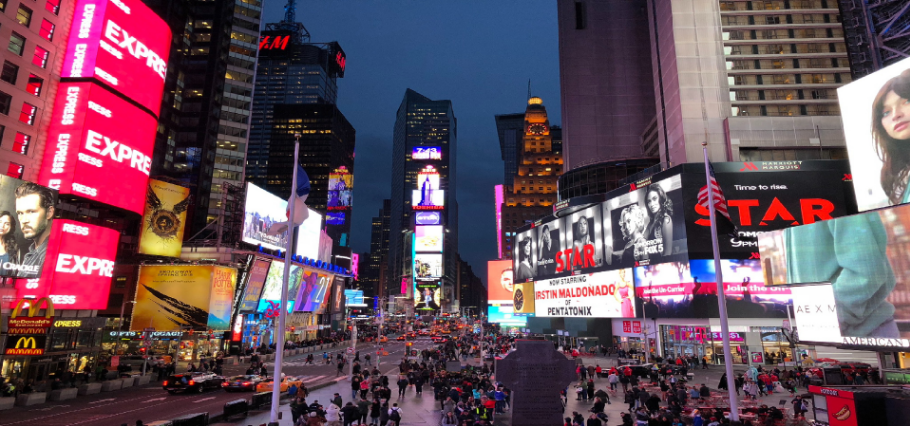What is the purpose of the LED billboard?
An LED billboard is a large digital display board that utilizes light-emitting diode (LED) technology to showcase dynamic content, such as advertisements, announcements, and information. These billboards are typically installed in high-traffic areas, including urban centers, highways, and commercial districts, to maximize visibility and reach a broad audience.
LED billboards offer several advantages over traditional static billboards. Firstly, they provide vibrant colors, high brightness, and sharp resolution, making them highly visible even in bright sunlight and at night. This ensures that the advertising content is eye-catching and impactful, capturing the attention of passersby and motorists.
Additionally, LED billboards allow for the display of moving images, videos, and animations, providing advertisers with greater flexibility and creativity in their messaging. Advertisements can be updated and scheduled remotely, allowing for real-time adjustments to reflect changing market conditions, promotions, and events.
Moreover, LED billboards are often equipped with advanced features such as remote monitoring, environmental sensors, and interactive capabilities. These features enhance the effectiveness of advertising campaigns and provide valuable data on audience engagement and demographics.
The purpose of LED billboards is multifaceted and integral to modern advertising and communication strategies. These digital display boards utilize light-emitting diode (LED) technology to showcase dynamic content such as advertisements, announcements, promotions, and information in high-traffic areas.

Electronic Components & Supplies
Buying Guide on Professional Speaker
Electric Motor Cooling Systems: An Overview
Advantages and Applications of Electric Steam Boilers
PTC Heating vs. Traditional Heaters: Which One Is Right for You?
What are the types of audio jack?
What is Copper Wire Cable?
LED billboards serve as highly effective advertising platforms due to their vivid colors, high brightness, and ability to display moving images and videos. Compared to traditional static billboards, outdoor LED billboards offer greater versatility and impact, capturing the attention of passersby and motorists with engaging and visually appealing content.
Furthermore, LED billboards enable advertisers to target specific demographics, locations, and times of day with tailored messages, maximizing the relevance and effectiveness of their advertising campaigns. With the capability to schedule and update content remotely, advertisers can adapt their messaging in real-time to reflect changing market conditions, trends, and audience preferences.
The significance of LED billboards extends beyond advertising to encompass public communication, event promotion, and community engagement. These digital displays serve as dynamic platforms for disseminating information about upcoming events, public service announcements, emergency alerts, and community initiatives. By delivering timely and relevant messages to a wide audience, LED billboards contribute to public awareness, safety, and cohesion.
Moreover, the proliferation of LED billboards has transformed the outdoor advertising landscape, offering new opportunities for businesses, advertisers, and marketers to reach consumers in impactful ways. The dynamic nature of LED displays allows advertisers to create immersive and interactive experiences that resonate with audiences and drive brand awareness, engagement, and sales.
In conclusion, LED billboards serve a variety of purposes, including advertising, communication, and community engagement. Their ability to deliver vibrant and dynamic content in high-traffic areas makes them powerful tools for advertisers, event organizers, and public authorities alike. As technology continues to advance, LED billboards will likely play an increasingly prominent role in shaping the way information is conveyed and consumed in outdoor environments.More
Capacitive Touch Displays: The Technology Behind Modern Interactive Screens
Is Electrolytic Capacitor Used for AC or DC?
Small Size, Big Impact: How Micro Camera Modules Are Changing Industries
How Does the Electric Blanket Controller Work?
What happens when a PTC is heated?
Differences Between An LED Display And LCD Monitor
What is surface mount technology (SMT)?









